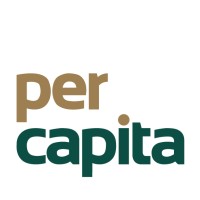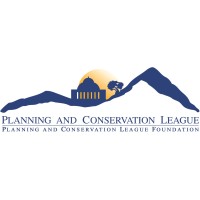
Per Capita Australia
Per Capita is an independent progressive think tank dedicated to building a new vision for Australia based on fairness, prosperity, community and social justice. Per Capita’s research is rigorous, evidence-based, and long-term in its outlook, considering the national challenges of the next decade rather than the next election cycle. We ask fresh questions and offer fresh answers, drawing on new thinking in science, economics and public policy. Our audience is the interested public, not just experts and practitioners. We engage all Australians who are keen to see the hard thinking done on the country’s future.






